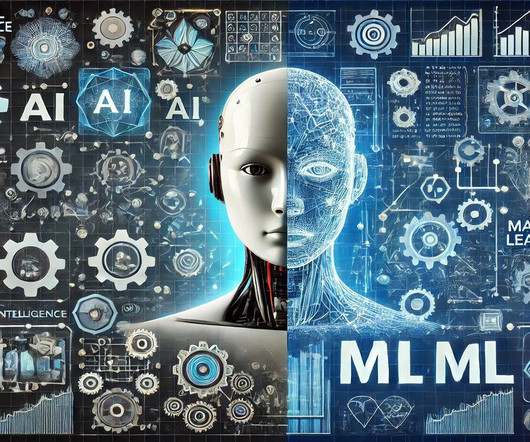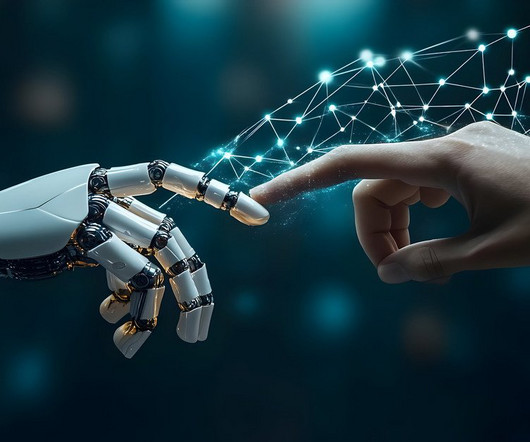QR codes in AI and ML: Enhancing predictive analytics for business
Dataconomy
MAY 29, 2023
In the field of AI and ML, QR codes are incredibly helpful for improving predictive analytics and gaining insightful knowledge from massive data sets. So let’s start with the understanding of QR Codes, Artificial intelligence, and Machine Learning.






















Let's personalize your content